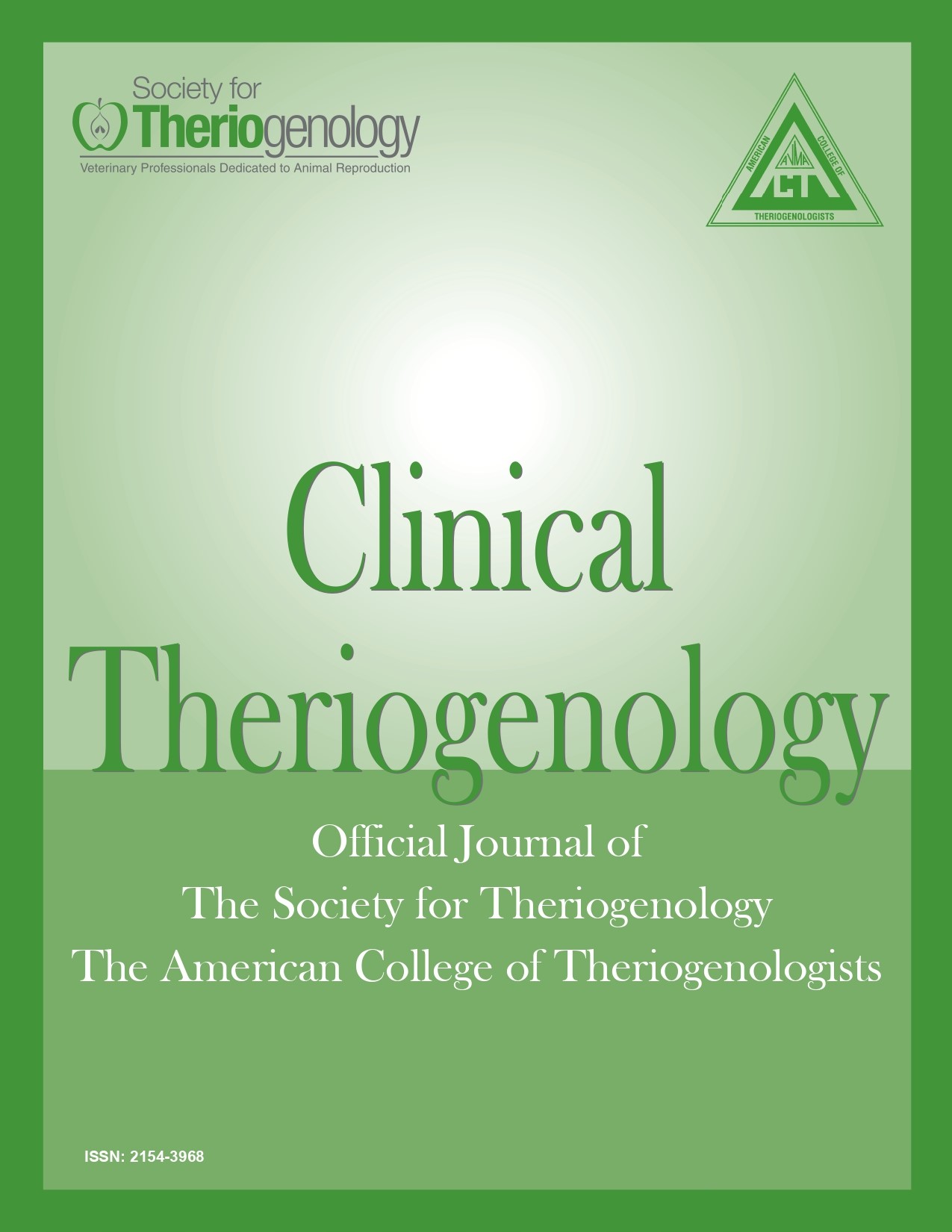Prepartum vaginal microbiota and postpartum uterine microbiota in cows
Abstract
Postpartum uterus clears bacteria within 6 weeks; however, up to 40% of dairy cows cannot eliminate uterine infection. Culture-independent approaches based on the analysis of the 16S rRNA gene indentified reduced richness and diversity in the reproductive tract of cows with endometritis. Goal was to characterize the vaginal microbiota before calving and the uterine microbiota after calving in cows that had or not developed endometritis. We compared the results of DNA sequencing with conventional culture methods in uterine samples collected 21 days after calving. Vaginal samples (via cytobrush) from multiparous cows (n = 61) were obtained 1 week before calving (-1w) and uterine samples 1 week (+1w), 3 weeks (+3w), and 5 weeks (+5w) after calving. Samples of healthy cows (n = 11) and cows with endometritis (n = 11) were selected for DNA extraction and 16S rRNA sequencing. Richness and diversity measures in the uterine microbiota were not different between healthy and diseased groups (Chao p = 0.17, Simpson p = 0.29) at -1w, +1w and +5w. Uterine microbiota composition differed (p = 0.03) between groups only at 3 weeks after calving. Diseased cows had a lower relative abundance of Firmicutes and Bacteroidetes and a higher abundance of Actinobacteria than healthy cows. Bacteria that grew in culture were often represented within the most abundant bacterial genera in the DNA sequencing 3 weeks after calving.
Downloads
References

This work is licensed under a Creative Commons Attribution-NonCommercial 4.0 International License.
Authors retain copyright of their work, with first publication rights granted to Clinical Theriogenology. Read more about copyright and licensing here.





